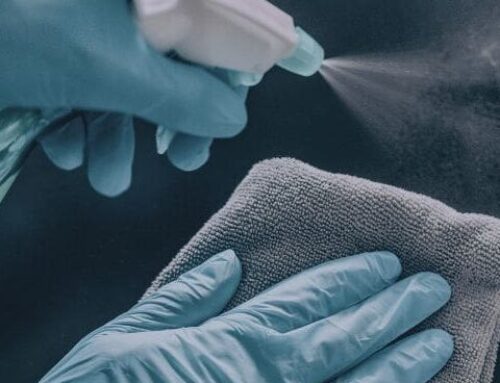June 2023
Burkholderia pseudomallei has been of recent concern to the CDC as infections have increased.
B. pseudomallei is a soil-borne and water-borne Gram-negative bacterium, predominantly found in Southeast Asia and Australia.
The microbe is the causative agent of melioidosis, also known as Whitmore’s disease. Melioidosis is rare but often fatal. Symptoms vary, ranging from lung and bloodstream infections to localized infections such as abscesses.
While B. pseudomallei is commonly found in tropical areas, its recent presence on the U.S. Gulf Coast raises concerns about environmental factors or transmission pathways that may have facilitated its introduction and subsequent establishment in the region.
United States B. pseudomallei Infection Timeline:
- July 2020: A patient, who had not traveled outside of the U.S. recently, contracted medoiolosis near the Gulf Coast region of Mississippi. Water and soil samples taken from the patient’s property tested positive for B. pseudomallei. Prior to this, the bacterium had not been isolated from U.S. environmental samples.
- October 2021: CDC reported 4 patients from Texas, Kansas, Georgia, and Minnesota were infected with B. pseudomallei from an imported aromatherapy spray.
- May 2022: A second patient contracted medoilosis in southern Mississippi.
- July 2022: The CDC released a Health Alert declaring B. pseudomallei locally endemic to the Mississippi Gulf Coast.
- January 2023: A third patient was infected with B. pseudomallei in Arizona, resulting in exposure to lab personnel.
Microchem will monitor meliodoisis cases and update its clients in the event infections rise beyond the current baseline.




